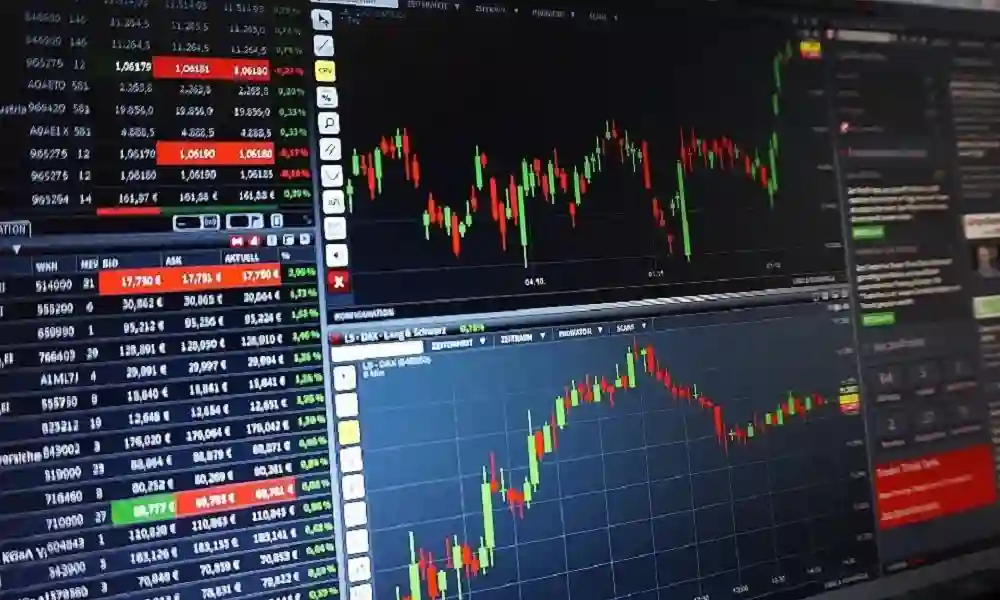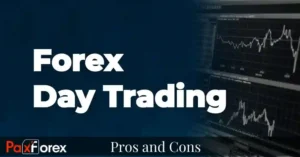The Importance of Technical Analysis in Forex Trading

Alright, let me just start by saying this: forex trading is a wild ride. The thrill, the ups, the downs—it’s like an emotional rollercoaster. But the thing that keeps me from falling off the tracks? Technical analysis. Yup, I know, sounds nerdy. But trust me, without it, I’d be as lost as a kid in a candy store with no money. So, let me break down why the importance of technical analysis is a game-changer when you’re diving into the forex market.
What is Technical Analysis in Forex Trading?
So, what exactly is technical analysis in forex trading? In short, it’s all about studying past price movements and trading volumes to predict where the market might go next. You’re not trying to predict some random cosmic event, you’re just looking at charts. These charts tell you everything you need to know. And guess what? This isn’t about staring at economic reports or political drama. No, it’s about price and patterns, baby.
When I first started, I thought this whole technical analysis thing was just a bunch of graphs and squiggly lines (ugh, my high school math teacher would be proud). But once I started actually using it, it clicked. The importance of technical? It’s in helping you predict price swings with real data, not gut feelings. Wild, right?
The Building Blocks of Technical Analysis
Okay, now let’s break it down. You wanna be a forex trader? Great. You gotta know the main components of technical analysis. Trust me, it’s like building a house. You need a solid foundation before you even think about putting on the roof. So here’s what you need to know:
1. Price Charts – Your Visual GPS
Price charts are like your roadmap. If you can’t read them, good luck finding your way through the market. You’ve got a few options here:
- Line Charts: Super simple. Just a line connecting the dots of closing prices.
- Bar Charts: They show you open, high, low, and close prices. It’s like a detailed journal entry for each day of trading.
- Candlestick Charts: These are the fancy ones. They show the open and close in a visually appealing format, with a wick for highs and lows. Honestly, these look like something out of a weird dream, but they’re effective.
Honestly, once I figured out candlestick charts, it felt like I was getting the hang of this forex thing. It’s like the difference between knowing how to read a map and just guessing which direction to go. Big difference.
2. Trends – Follow the Flow (or Don’t)
Trends are your best friend—or worst enemy, depending on how well you handle them. The importance of technical analysis really shines here. When the market is trending, you can ride that wave. Or, if you’re like me, you can fail miserably by trying to swim against it. Here’s how you know what’s going on:
- Uptrend: Higher highs, higher lows. Things are going up. Don’t fight it.
- Downtrend: Lower highs, lower lows. Oof, it’s a downward spiral.
- Sideways Movement: Everything’s stuck in a range. Kinda like that relationship I was in during quarantine—stuck.
Knowing the trend helps you make decisions about entering and exiting trades. It’s like surfing. Don’t try to catch the wave after it’s already passed.
3. Support and Resistance – Finding the Boundaries
Support and resistance levels are like the guardrails of the trading world. You’re looking for price points where things either bounce back or fall off the cliff. It’s like trying to guess when a soccer ball will bounce back after hitting the fence—this time, you’re betting your money.
- Support: Imagine it as the floor. When price falls, this is where it tends to stop and bounce.
- Resistance: This is the ceiling. When price rises, it gets stuck here before it drops back down.
I remember my first big trade, and I thought I could outsmart the market. Price hit a resistance level, and boom, down it went. My account balance? Not looking so hot.
4. Indicators and Oscillators – The Market’s Hidden Hints
Indicators and oscillators are like your secret weapons. They help you spot things before they happen. But, here’s the kicker: they’re not foolproof, either. Here are some popular ones:
- Moving Averages: They help smooth out price action. It’s like taking a step back and seeing the bigger picture.
- RSI (Relative Strength Index): Helps you know when something’s overbought or oversold. Trust me, you want to avoid buying when everyone else is already way too hyped.
- MACD: A momentum indicator. Tells you if the trend is still strong or about to flip on its head.
I’ll be real: when I first tried using these, I felt like a kid with a new toy that I couldn’t figure out. “Am I doing this right? Does this mean I should buy, or…?”
How Technical Analysis Makes Your Strategy Stronger
When you’re knee-deep in forex trading, the last thing you want is to be blindly guessing your next move. Technical analysis can save you from that dreadful fate. Think of it as your anti-hunch strategy.
1. Timing Is Everything
One of the best things about technical analysis is it helps you time your entries and exits. Let me tell you—good timing in forex is like showing up at the party before the lines get long. You wanna get in when the price is moving in your favor, not when it’s already too late.
The importance of technical analysis is especially obvious here. You learn to spot patterns, whether it’s a breakout or a pullback. Don’t waste your time hoping for a miracle; look for trends that are already happening.
2. Manage That Risk
Risk management is the most important part of forex trading. And, trust me, technical analysis has your back here. You can place stop-loss orders at logical levels (like just below support), which help you protect your account if things go south. Without technical analysis, you’d be flying blind—and let me tell you, that’s not how you want to trade.
A pro tip I picked up? Always keep an eye on your risk-reward ratio. If the risk is too high for the reward, walk away. Don’t be stubborn like me during my first few months in trading… Spoiler: I lost a lot of money.
3. Feeling the Market Vibes
You can’t make good decisions in forex if you don’t know what the market’s “feeling.” This is where the importance of technical analysis really stands out. Indicators like the RSI or MACD give you clues about whether the market is bullish, bearish, or undecided. It’s like being able to read the room.
I still remember the first time I used RSI to gauge whether a currency pair was overbought. My brain didn’t immediately explode with “Aha!” moments, but I got there. And when I finally understood how to read market sentiment, I started seeing patterns everywhere. It was like the scales fell from my eyes.
The Tools You Need to Master
Alright, now that you’re starting to get a sense of what technical analysis can do for you, let’s dive into the tools. You don’t need every shiny object on the market. I used to have all kinds of stuff—indicators, oscillators, you name it—but a couple of key tools will get you far.
1. Moving Averages – Your Trend Compass
I can’t stress this enough: Moving averages are like your trend compass. They help you stay on course. They’re simple to use and can show you whether you’re sailing with the wind or against it. Once I got the hang of these, I realized how useful they were in identifying when trends were shifting.
2. Fibonacci Retracement – Predicting the Bounce
Fibonacci retracement is like my secret weapon. I remember hearing about it from some random guy on a forum (don’t ask me why I trusted him, but it worked). It helps you figure out where price might pull back before continuing in the same direction. You want to buy low, right? Fibonacci tells you where to look.
I always joke that Fibonacci and I are like old pals—he’s been there when I needed him most.
3. Chart Patterns – The Roadmap to Success
Chart patterns are your shortcuts to predicting price movements. Head and shoulders, triangles, double tops… They may sound like wrestling moves, but they’re actually pretty useful for understanding price action.
When I learned about head and shoulders, I felt like a trading ninja. And no, I didn’t wear a black belt, but I could see the market’s moves coming before they happened.
Why It All Matters
Anyway, here’s the kicker: if you want to take forex seriously, you’ve gotta treat it like a business. And, like any good business, you need a strategy. Technical analysis is the backbone of that strategy. Without it, you’re flying blind, hoping for good luck.
Don’t let that happen. Embrace the charts, learn the patterns, and use those nifty tools. It’ll take time—trust me, I know—but it’s all part of the journey. And hey, remember: even the best traders started where you are now. Just don’t do what I did and try to shortcut your way to success.







